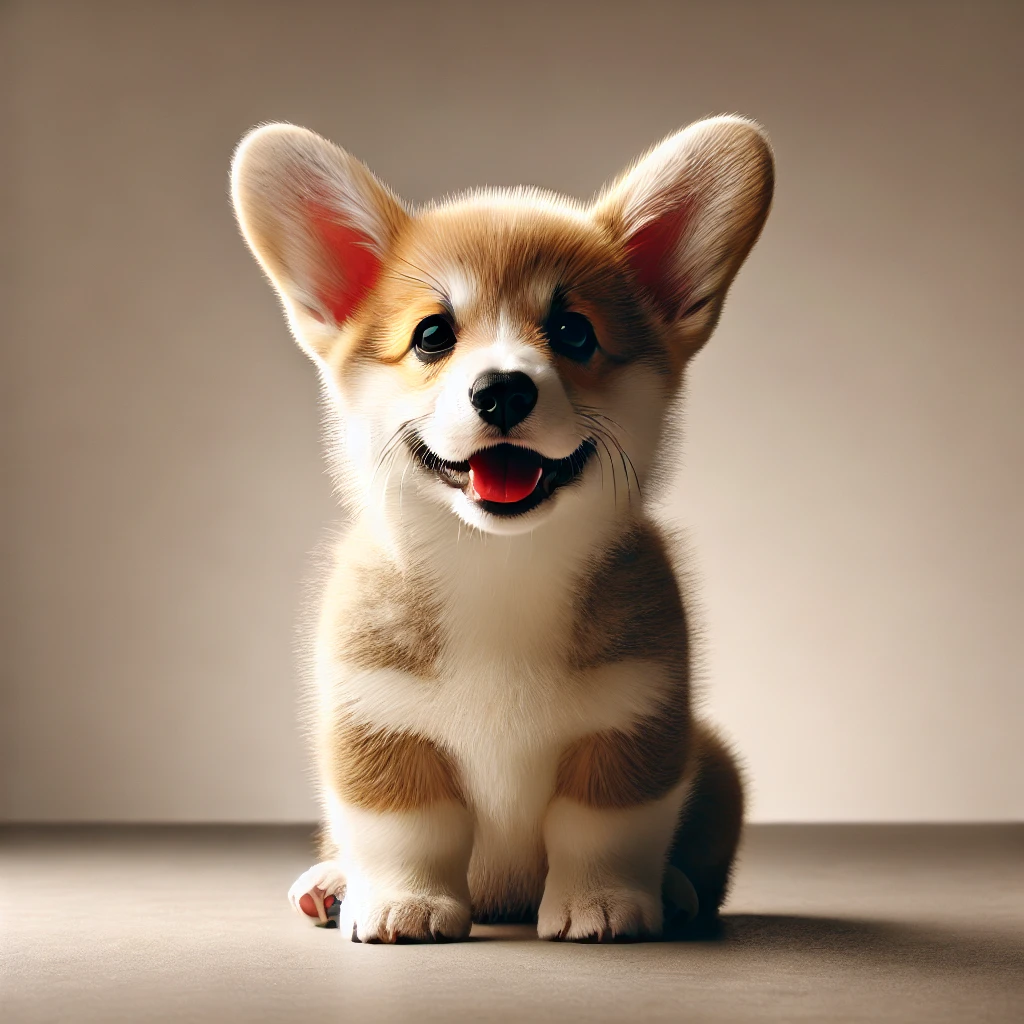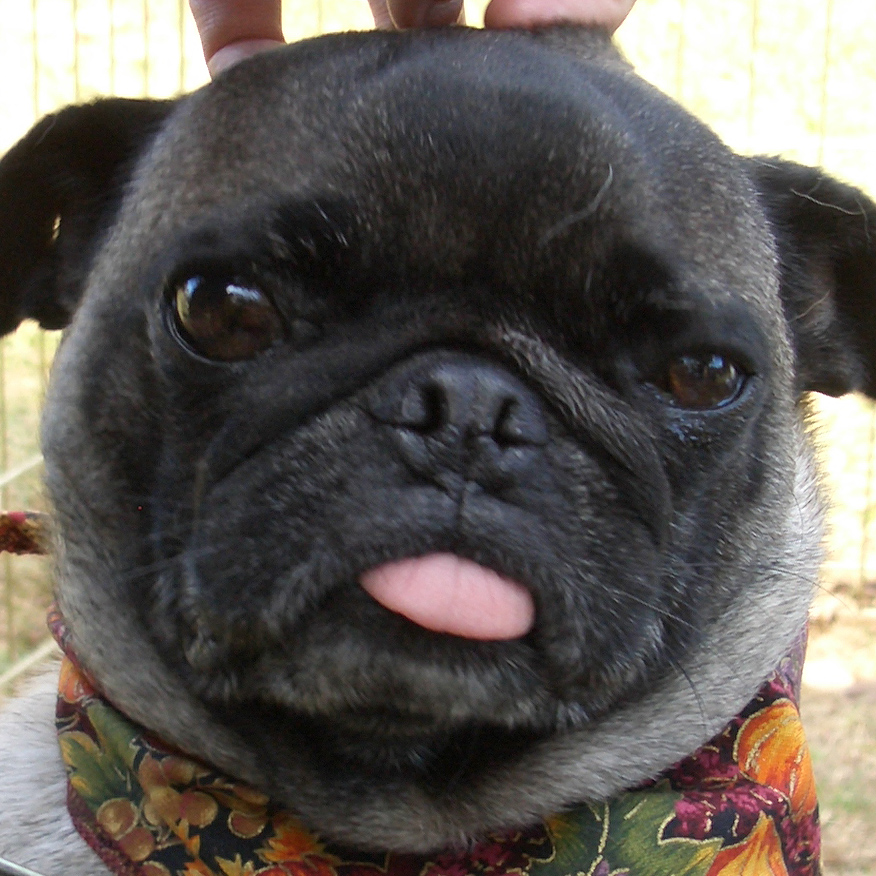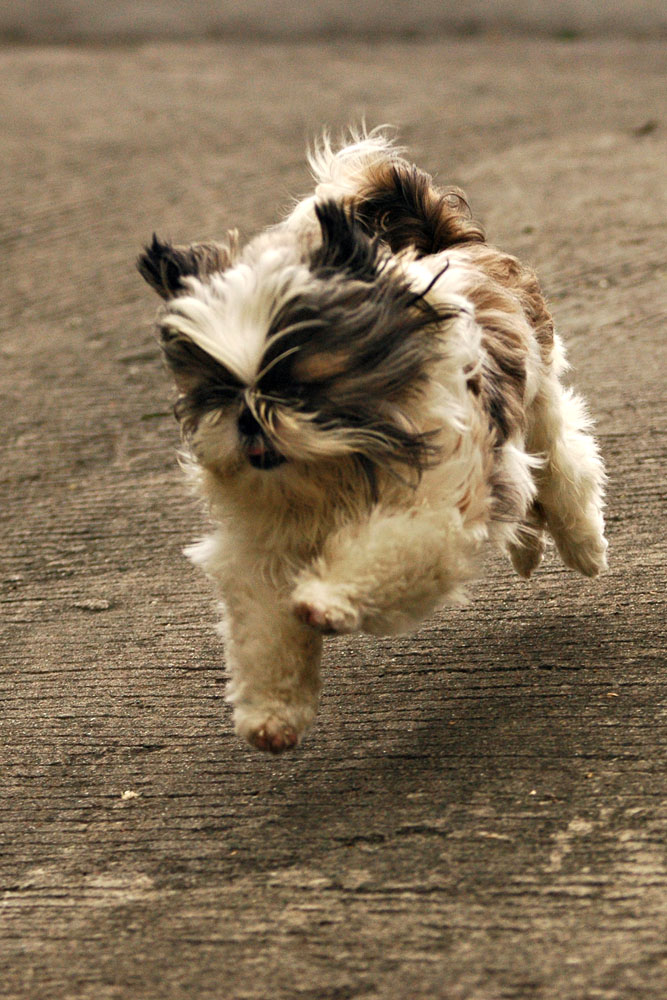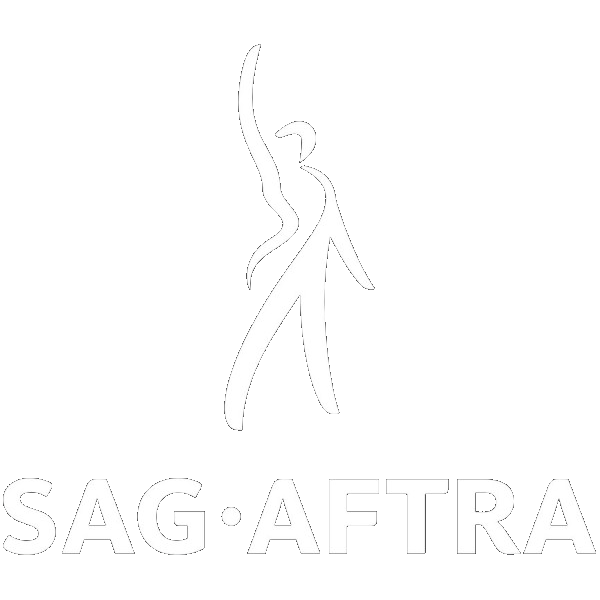Can the Creative Commons and the Power of Puppies stop OpenAI?
When I heard about the new ChatGPT Subscription Plan, I started to wonder how Viral Licenses, specifically the Creative Commons, could affect the progress of Artificial Intelligence.
Simply put, tools like DALL-E and ChatGPT collect, analyse, and learn from large sets of data they find by scraping the Internet. They can then work with that data to do many things. For this example, I am going to focus on using DALL-E for image creation.

a photo of a happy corgi puppy sitting and facing forward, studio light, longshotInputting the text above into DALL-E created that image of a corgi. But how did DALL-E learn about what dogs look like?
It did what you or I might do, it combed through thousands of online images. A major difference between what you or I typically do with that research and what DALL-E can do with that research is where things start to get interesting.
After spending a few hours looking at puppy images, memes, gifs, and videos, you or I would have vague impressions of those thousands of puppies. And, when we would sit down to make a new puppy image, it would likely be inspired by some of our favorite images, but unless we called up an image to copy, we would likely mis-remember enough details, that we would create something original.
DALL-E has 100% perfect recall of all of the pertinent images. It can perfectly reproduce each and every one of those images. And, depending upon the request the user makes, DALL-E can use any of the myriad images it has seen to fulfill the request.
After taking a moment to let all of that sink in, consider Microsoft being sued when its Computer Code Writing AI, Copilot, improperly sampled bits of open source code to put into programs that would break the terms of the original code’s license.
But, since all that techno-speak can be a bit dense and unfriendly, let’s talk about the problem in terms of the Creative Commons and puppies instead…
The Creative Commons (CC) is a way for anyone to license something that they have created that puts simple and clear rules around how it can be used. CC acknowledges the realities of the modern Internet — people search and sample bits from all over. So, instead of fighting that, it embraces it. CC differs from the public domain because the creator is not giving up total control over the content. Instead, it establishes parameters that define allowable use.
Anyone can walk through the Creative Commons License Chooser and find a license that best fits themselves and their work. Let’s consider a couple of examples involving (you guessed it) puppies…

"Sleeping Puppy" by Richard Stowey is licensed under CC BY 2.0. To view a copy of this license, visit https://creativecommons.org/licenses/by/2.0/?ref=openverse.
Sleeping Puppy is truly precious photo that is licensed CC BY 2.0 (Credit the Creator).
So as long as DALL-E remembers to credit the creator every time it is used as a source, there wouldn’t be a problem. But, DALL-E never credits its sources.

Pug Puppy just makes me smile and the artist decided to license as CC BY-SA 2.0 (Credit the Creator, Share Adaptations under the Same Terms).
In addition to crediting it, DALL-E would need to share the new work under the same license to be in compliance.
So, not only would DALL-E need to credit the creator but they would not be able to use this source as part of OpenAI’s paid service, since that would violate the Non-Commercial part of the license.

Puppy in Flight is a wonderful picture that the artist decided to license as CC BY-NC-ND 2.0 (Credit the Creator, Non-Commercial Use Only, No Derivatives or Adaptations Permitted).
So, DALL-E could not even legally sample this one as a source at all since it explicitly says that No Derivatives or Adaptations are permitted.
And here, if DALL-E chose to sample this one, it could only be as part of the free service and then only if they put their new art under that same license.
All of this makes me want to suggest that anyone publishing content to the web consider using a Creative Commons license, even a restrictive one, since they can be viral in nature, putting constraints on content derived from the original content.
In fact, the website you are reading this on right now is under a CC BY-NC-ND 4.0 license. Scroll down to the footer to see the Copyleft (ↄ) symbol followed by a link that says “Some Rights Reserved.”
I am watching the class action against Microsoft mentioned in the beginning of the article to see what happens. To quote the article:
The real question is whether their actions violated the code’s copyright. Is it “fair use,” or is it intellectual property theft? That, my friend, is a complicated question. It will not be solved quickly.
GitHub’s Copilot flies into its first open source copyright lawsuit
☕ Cup of Coffee
A ridiculous amount of caffeine was consumed while researching.
Add some fuel if you would like to help keep me going!
